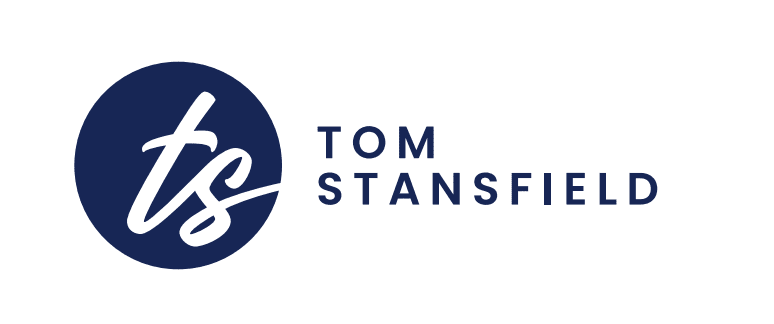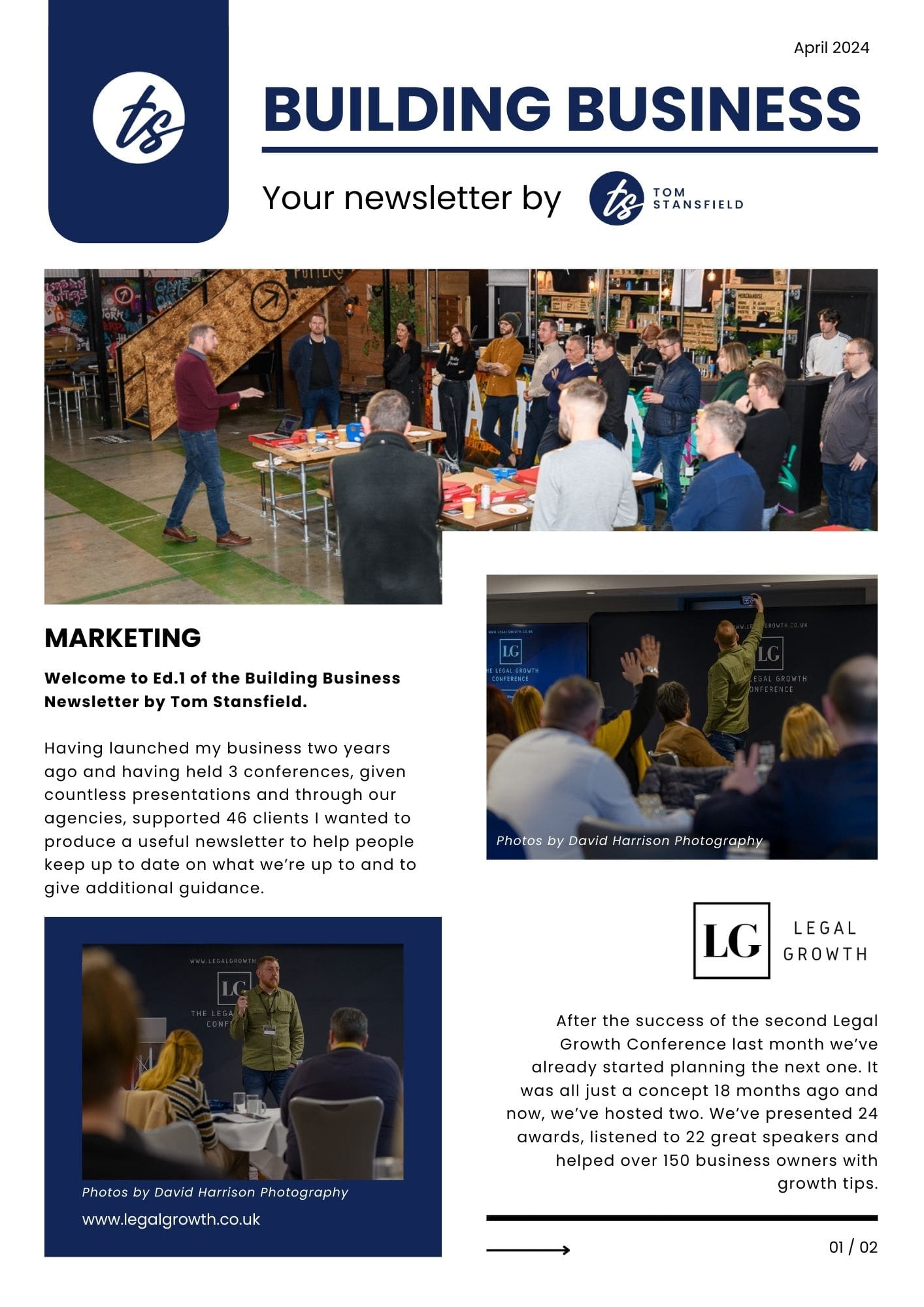I have my frustrations with people and their expectations when it comes to marketing. What really matters is that people understand the Sales Funnel – Aida
This article isn’t an opportunity to rant. It’s an opportunity to educate and in doing so, we’re breaking the sales funnel so that people understand what to expect when it comes to getting that illusive sale. Ultimately it comes down to a customer or prospect being ‘problem aware, solution aware and brand aware’.
Why the AIDA Model Matters for Your Marketing
Whether you’re launching a new product, setting up a service-based business, or simply refining your marketing strategy, it’s vital to connect with potential customers on their journey from awareness through to loyalty. This progression often starts by acknowledging that people aren’t just looking for a product; they’re often looking to solve a specific problem, discover the right solution, and ultimately find a brand they can trust. That’s why the AIDA model, Awareness, Interest, Decision, and Action continues to be one of the most relied-upon frameworks for shaping marketing communications.
Once you understand the stages we make when it comes to forming a buying decision we can organise our marketing to make our prospects ‘problem aware, solution aware and brand aware’.
Below, we’ll explore what each stage of the AIDA funnel involves, how best to communicate with prospects at each point, and why retention is a critical extension of the traditional sales funnel.

Understanding the AIDA Model
The AIDA model tracks the cognitive stages a person goes through before making a purchase. Traditionally, it’s shown as a funnel, reminding us that the number of prospects tends to narrow as people move from stage to stage. However, modern customer journeys are rarely linear; social media, reviews, and communities all play a part in influencing decisions. Think of AIDA as a guiding principle that helps align your messaging, content, and campaigns with what the customer needs at each point in their journey. I talk to every single client of ours about the need for multiple touch points before anyone ‘Knows us, Likes us and Trusts us’ enough to part with their hard earned cash on our products or services.
Let’s simplify it:
A: Awareness
Goal: Create brand awareness or affiliation with your product or service.
Buyers need to know you exist. If they’re at the “problem aware” stage, they might be searching for ways to solve an issue, yet they’re not necessarily aware of your specific solution. This is where you introduce your brand by highlighting the problem you solve. Communicate on platforms where your potential audience is likely to look, and craft messages that spark immediate recognition or curiosity.
I: Interest
Goal: Generate sufficient interest in the benefits of your product or service, encouraging the buyer to research further.
People often become “solution aware” once they’ve acknowledged their problem. They’ll check multiple sources, search engines, social media, reviews, forums, to gather options. In this phase, your task is to provide relevant, detailed information that showcases your expertise. Offering case studies, testimonials, and how-to guides can help buyers see the value in your solutions.
D: Desire/Decision
I call this one Decision. It’s about the prospect understanding the their problem, knowing the solution and having an interest in solving the problem before making a decision to fix the problem now…
Goal: Foster an emotional connection, move the customer from ‘liking’ it to ‘wanting’ it.
When prospects begin to prefer your brand above others, they’re edging closer to purchase. Think about what makes your product or service uniquely desirable. Focus on brand personality and the sense of belonging that customers get when they choose you. Personalising interactions, through online chat, quick replies on social channels, or exclusive previews, can strengthen the emotional bond that leads to a decision.
A: Action
Goal: Get prospects to take that next step, whether it’s making a purchase, booking a demo, or subscribing to your newsletter.
A call to action (CTA) should feel natural, timely, and easy to complete. Position CTAs clearly on web pages, emails, social ads, and landing pages. Offer clear incentives, like discounts or free consultations, and reduce friction wherever possible (e.g., short forms, one-click signups). The key is to minimise any effort the user has to make at this final stage.
Don’t Forget Retention
Some marketers argue that AIDA should be extended to include Retention. After all, keeping existing customers engaged is far more cost-effective than acquiring new ones (as much as five times ‘cheaper’), and satisfied customers can become enthusiastic brand advocates. This stage might involve:
- Loyalty programmes: Offer points, freebies, or VIP experiences.
- Follow-up communication: Stay in touch with newsletters or personalised content.
- Community-building: Use social networks and online forums to encourage discussions and collect genuine feedback.
Applying AIDA: A Quick Case Study
Consider how one of our legal clients build their strategy using AIDA: For this, we’ll talk about the act of promoting Will-writing services:
- Awareness
The legal services provider uses multi-channel marketing to communicate messages to their audience. The messages they use address a few key points about them, their business, the solution they provide, and what makes their service stand out. They run PR campaigns, promoting awards they’ve won and the quality of their legal drafting. This messaging was backed up with direct mail (traditional marketing) to local residents, ensuring people know they exist. The Will writer might develop partnerships with other professionals, they’ll network and they will collect Google reviews to demonstrate position of authority, thus boosting SEO. - Interest
They offered a free consultation, free Will review, explainer resources, videos, client guides, and testimonials. This piqued curiosity and motivated people to learn more. - Decision
They demonstrate their expertise further. They’re members of the Society of Will Writers or BEST Foundation, they further share Google reviews, case studies that prospects can relate to, encourage referrals etc. - Action
Then comes the important step. You want the prospect to take action so you should provide clear calls to action (CTAs). You remove any barrier to entry. You might provide a calendar link from something like TomCRM. You have custom links on Facebook (“Call to book in”), on their website (“Book now”), and in local advertising (“Pop in to have a free Will review”). This simplicity makes it easy for people to convert interest into appointments.

Although the case study doesn’t explicitly highlight Retention, there are many tactics, like annual (3-5 yearly) reviews, regular email newsletters, or community events, to keep yourself in the mind of a customer.
Planning Around the Funnel
The AIDA model underpins countless marketing strategies because it aligns naturally with how people think and behave. In practice, this means:
- Map content to each stage: Create assets tailored to awareness, interest, decision, and action (and beyond).
- Use the right channels: Different stages might require different platforms, paid ads, organic social media, email campaigns, or real-world events.
- Optimise for engagement: Track data and feedback at each touchpoint to refine messages and remove barriers. Data is one of my favourite things!
- Nurture loyalty: Encourage buyers to stick around by showing genuine appreciation, listening to feedback, and offering value.
AIDA remains a mainstay for anyone serious about a proper marketing plan. Remember, in it’s simplest form, you want a prospect to know you, like you and trust you and it comes from them being ‘problem aware, solution aware and brand aware’.
If you’ve got any questions or want to chat about what this looks like for you, I offer a free 30 minute consultation.
Cheers,
Tom Stansfield


